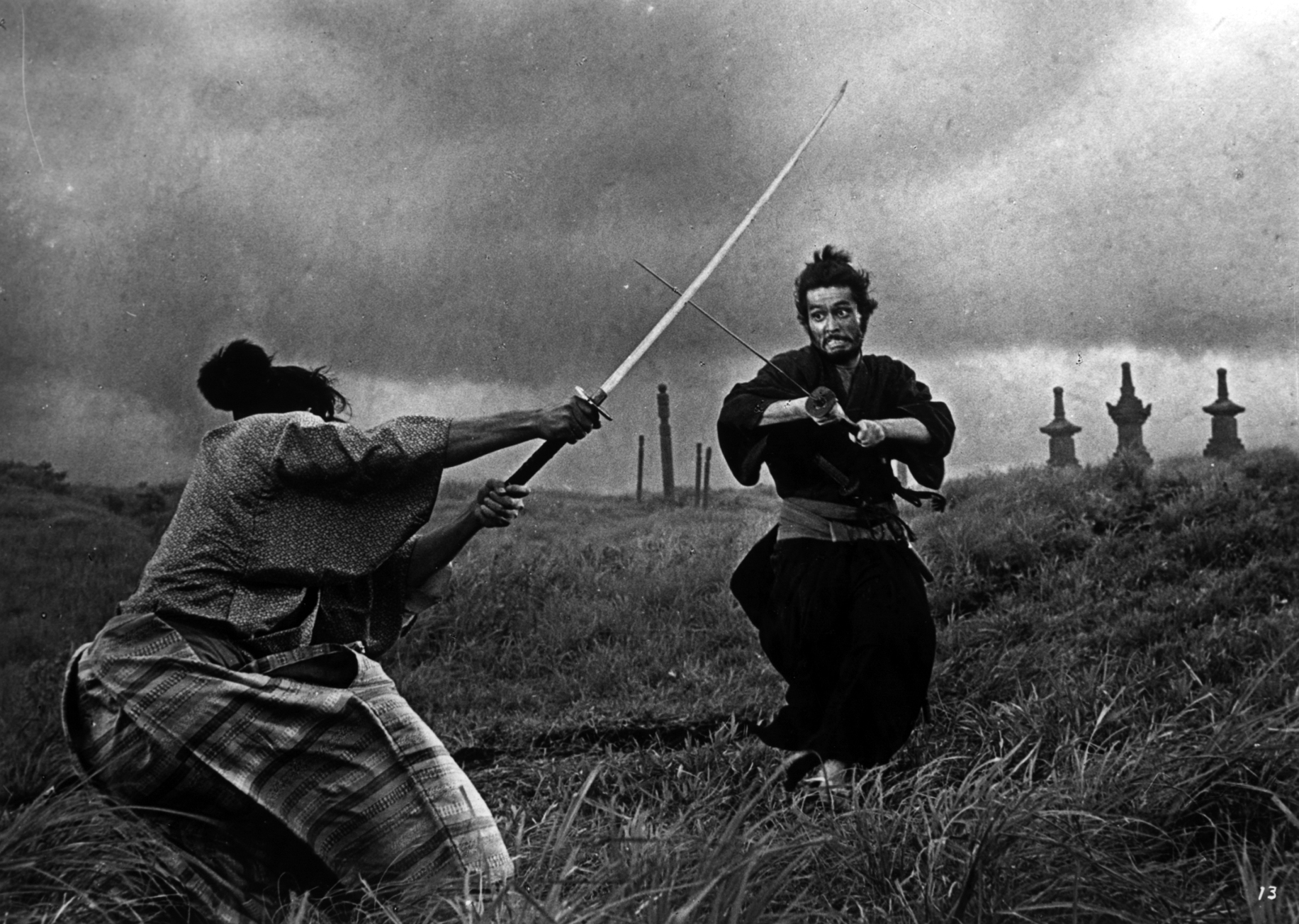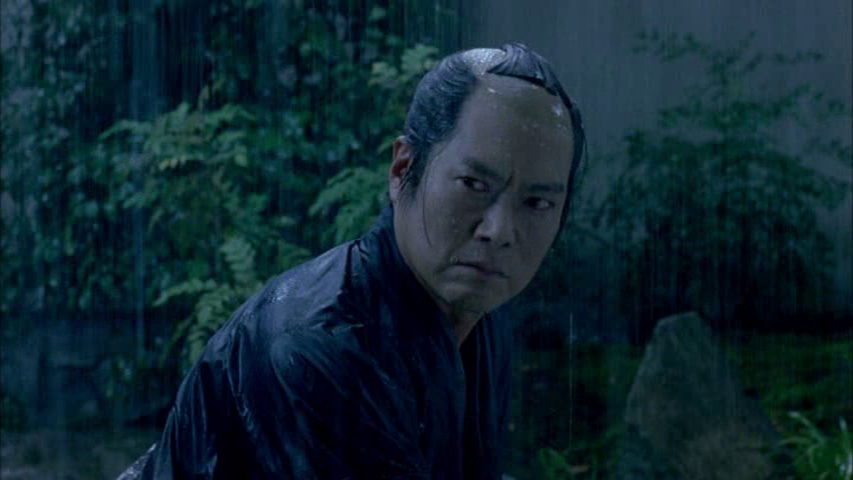
Harakiri (1962): A Powerful Critique of Honor, Social Injustice
japanchildrenrights.org – Harakiri (1962), directed by Masaki Kobayashi, is a searing critique of the samurai code of honor, the rigidity of social hierarchy, and the cruelty embedded in Japan’s feudal system. Set during the early years of the Edo period, the film tells the story of a ronin, or masterless samurai, who seeks permission to commit ritual suicide (harakiri) at the court of a powerful feudal lord. What begins as a seemingly straightforward tale of honor and duty soon transforms into a devastating exploration of social injustice, personal sacrifice, and the consequences of blind adherence to tradition.
Kobayashi’s Harakiri is notable not only for its moral and philosophical depth but also for its unflinching examination of the samurai’s role in Japanese society. The film boldly challenges the glorification of samurai ideals and the expectation of blind loyalty, exposing the inherent contradictions and injustices within the system. With its striking cinematography, intricate narrative structure, and complex characters, Harakiri has become a masterpiece of Japanese cinema and remains a powerful anti-war and anti-authoritarian statement.
Plot Overview: The Story of a Ronin’s Last Stand
The film is set in the early 17th century, at the peak of Japan’s Edo period, a time of relative peace following centuries of warfare. The protagonist, Hanshiro Tsugumo (played by Tatsuya Nakadai), a destitute ronin, arrives at the estate of the powerful feudal lord Kageyu Saito, requesting permission to commit seppuku (ritual suicide) in front of the lord’s courtyard. Tsugumo’s request, though tragic, is not uncommon for the time, as many samurai had been left without masters in the aftermath of the country’s unification.
However, Tsugumo’s request is met with suspicion. The head of the household, a feudal official named Motome (played by Shigeru Koyama), tells Tsugumo the grim story of another ronin who had arrived at the same estate some months earlier with a similar request. This man, who was also destitute and seeking to die with honor, was allowed to commit seppuku in the courtyard—but with tragic consequences. Instead of a noble death, Motome was forced to endure a humiliating and agonizing death when he was provided with only a bamboo sword for the ritual. His death was slow and painful, a brutal commentary on the way the samurai system treats those who fall from grace.
The story of Motome sets the stage for Tsugumo’s true intentions. As Tsugumo recounts the tale of his own past and the tragic events that led him to this moment, the film unfolds in a series of flashbacks. Tsugumo reveals the brutal truth of his experience as a samurai, his disillusionment with the system, and his plan for revenge against the corrupt forces that exploited him and countless others like him. What initially appears to be a simple request for death becomes a complex and devastating critique of the samurai code, blind obedience to authority, and the social injustices faced by those on the fringes of society.
The film ultimately builds to a powerful and tragic climax as Tsugumo’s carefully planned act of harakiri unfolds, revealing the deeply ingrained corruption and hypocrisy within the feudal system.
Themes of Honor, Sacrifice, and Social Injustice
One of the central themes of Harakiri is the concept of honor and the way it is manipulated and distorted by those in power. The samurai code, or bushido, is traditionally seen as a noble and honorable way of life, but Kobayashi’s film critiques this ideal, showing how it can be used as a tool of oppression. Tsugumo’s story highlights the disparity between the idealized image of samurai honor and the brutal reality of life for those who fall out of favor with the powerful elite.
In particular, Harakiri critiques the use of the seppuku ritual as a means of controlling and subjugating the lower classes. The film shows how the samurai code, which emphasizes loyalty and duty, ultimately serves to maintain the rigid social hierarchy, where the poor and powerless are forced to sacrifice their lives to uphold the status quo. The tragic fate of Motome—forced to perform a ritual suicide with a bamboo sword because he was penniless—symbolizes the cruelty and hypocrisy inherent in the system.
The theme of personal sacrifice is also explored in the film, particularly through Tsugumo’s actions. His decision to die in front of the lord’s court is not just a personal act of revenge, but also a statement against the injustices of the system. Tsugumo is willing to sacrifice his own life to expose the corruption and inequality that he sees around him, and his death is ultimately a powerful act of defiance against a system that dehumanizes its most vulnerable members.
The Power of Storytelling: Narrative Structure and Flashbacks
Kobayashi’s use of narrative structure in Harakiri is one of the key elements that makes the film so effective. The film’s story unfolds in a non-linear fashion, with the present-day events interspersed with flashbacks to Tsugumo’s past. This technique allows the audience to gradually uncover the layers of Tsugumo’s motivations and backstory, creating a sense of suspense and intrigue as the film builds toward its emotional and tragic climax.
The use of flashbacks also serves to deepen the moral and philosophical stakes of the film. As Tsugumo recounts his experiences with the samurai code and his disillusionment with the system, the audience is forced to grapple with the ethical implications of his actions. Tsugumo’s quest for revenge is not just a personal vendetta, but a larger commentary on the nature of honor, power, and social injustice.
The final revelation of Tsugumo’s true purpose—his elaborate plan to expose the hypocrisy of the ruling class—adds an additional layer of complexity to the film’s critique of the samurai system. His actions are a powerful condemnation of the feudal system’s treatment of the lower classes, and his death is both a personal sacrifice and a public statement against the cruelty of the samurai elite.
Cinematic Style: Tatsuya Nakadai’s Masterful Performance and Kobayashi’s Direction
The performances in Harakiri are exceptional, particularly that of Tatsuya Nakadai in the lead role of Hanshiro Tsugumo. Nakadai delivers a performance that is both restrained and deeply emotional, capturing the internal struggle of a man caught between his sense of honor and his disillusionment with the system. His portrayal of Tsugumo’s psychological and emotional journey is one of the film’s most powerful aspects, and his final moments are harrowing and unforgettable.
Kobayashi’s direction is equally impressive, with the filmmaker creating a tense and emotionally charged atmosphere throughout the film. The use of pacing and suspense, particularly in the film’s later scenes, keeps the audience on edge, while the visual style—often utilizing stark contrasts between light and dark, and minimalist compositions—reinforces the film’s themes of oppression and isolation.
The film’s cinematography, by Yoshio Miyajima, also plays a crucial role in its effectiveness. The contrast between the serene, rigidly structured feudal world and the chaotic, emotionally charged moments of violence and tragedy heightens the sense of tension and doom throughout the film.
Legacy and Influence: A Landmark in Japanese Cinema
Harakiri is considered a landmark film in Japanese cinema and remains one of the most powerful anti-authoritarian and anti-war films ever made. The film was critically acclaimed upon its release and won several awards, including the prestigious Kinema Junpo Award for Best Japanese Film. It is frequently cited as one of the greatest films of all time, and its themes continue to resonate with audiences today.
Kobayashi’s critique of the samurai code and the social injustices it perpetuates has had a lasting influence on filmmakers, particularly those exploring themes of power, oppression, and the corruption of traditional values. The film has inspired numerous directors, including those working in both Japan and the West, and remains a touchstone for cinema that critiques social hierarchies and the abuse of power.
Conclusion: A Timeless Critique of Honor and Injustice
Harakiri is a masterful work of cinema that combines historical drama, moral philosophy, and stunning performances to deliver a devastating critique of the samurai code and the social injustices of feudal Japan. Through the story of Hanshiro Tsugumo, Kobayashi challenges the glorification of honor and loyalty, exposing the cruelty and hypocrisy of a system that prioritizes power and tradition over human life. The film’s timeless themes, combined with its bold narrative structure and powerful performances, make it a classic of world cinema, one that continues to resonate with audiences and remains a critical commentary on the dangers of blind obedience to authority.


